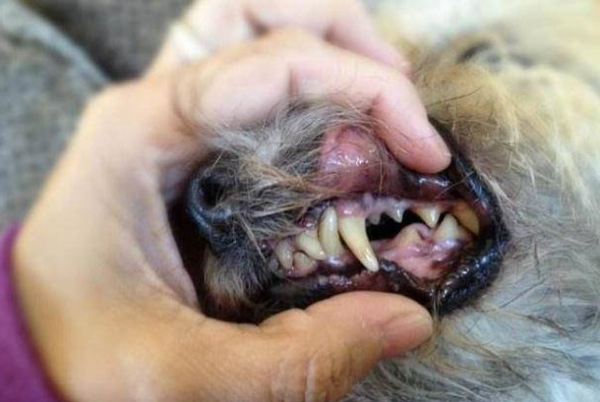Causes and treatments for dog legs lame
Sometimes, dog owners will find out how their dog limps while walking? There are many reasons for dog lame, including common trauma, muscle strain, joint dislocation and fracture. Some dogs are more serious because of rheumatism and rickets.

1. Why do dogs have lame legs?
1. Trauma. For example, nails or stones, glass fragments are damaged, etc.
2. Muscle strain. Severe muscle strain.
3. Sprains or dislocations of the joint. Sprains may cause pain, swelling, walking disorders, and even inability to move. A severe sprain may cause a fracture or joint dislocation.
4. Rickets. Rickets is mainly a non-inflammatory disease caused by vitamin D deficiency and calcium and phosphorus metabolism disorders, which are mainly manifested as digestive disorders, heterophilia, lameness and bone deformation.
5. Joint rheumatism. The diseased joints and their surrounding tissues are edema, the joints are thick and have a sense of heat and pain. Sick dogs have difficulty lying up and limp during exercise, but with the increase in exercise and the increase in time, the symptoms of lameness can be reduced or gone.
6. Bone removal. Falls, jumps, collisions, etc. can cause fractures, sprains, etc.; dog breeds with relatively delicate bones, such as Chihuahuas and Maltese, are very likely to have fractures.
7. Mosquito bites. After the tick is bitten by the tick, it sucks blood on the surface of the body, mechanically damages the skin, causing pain and itching in the parasitic area. The injection of toxins into the dog's body can also cause symptoms such as muscle paralysis and paralysis.

2. Countermeasures for dog lame
1. Generally speaking, the affected dog's paws dare to step on the ground, but dare not lift its legs upward. The affected part may be located on the upper wrist of the forelimb or the upper hose of the hind limb. If the affected dog dares to lift his legs upward but dares not step on the ground, the affected part may be located at the lower wrist of the forelimb or the lower tars of the hind limb. Dog owners should focus on checking these parts.
2. Conduct a key examination of the suspicious affected area, touch and check gradually from the claws and toes, pay attention to whether the dog's claws and finger balls have pierced injuries, bleeding, iron nails, gravels, glass fragments, whether there are foreign objects between the toes, whether there are parasites in insects, whether the skin is bleeding, whether there are swelling, swelling properties, softness, fluctuations, functional properties, shape, size, local audio, etc., pay attention to whether the temperature of the affected area has increased, what is the skin and subcutaneous state, and whether there is paralysis of muscles.
3. After discovering the affected limb, identify the affected area, and find out the cause, treat it according to the cause. The dog owner also needs to take the following measures: stop training and exercise to keep the dog rest; give delicious and easy-to-digestible food to try to increase the dog's appetite; strengthen care to prevent mosquitoes from biting the affected area, and prevent infection in the affected area.
4. If it is caused by rheumatism and rickets, these diseases must be treated first according to the corresponding treatment methods for rheumatism and rickets.
In fact, in addition to sprains and fractures during exercise (these dog owners should be able to see them, and they are easy to treat), they are basically caused by rheumatism and rickets. It is the joint reaction of these diseases. Once these diseases are cured, the dog's legs will naturally not be lame.














